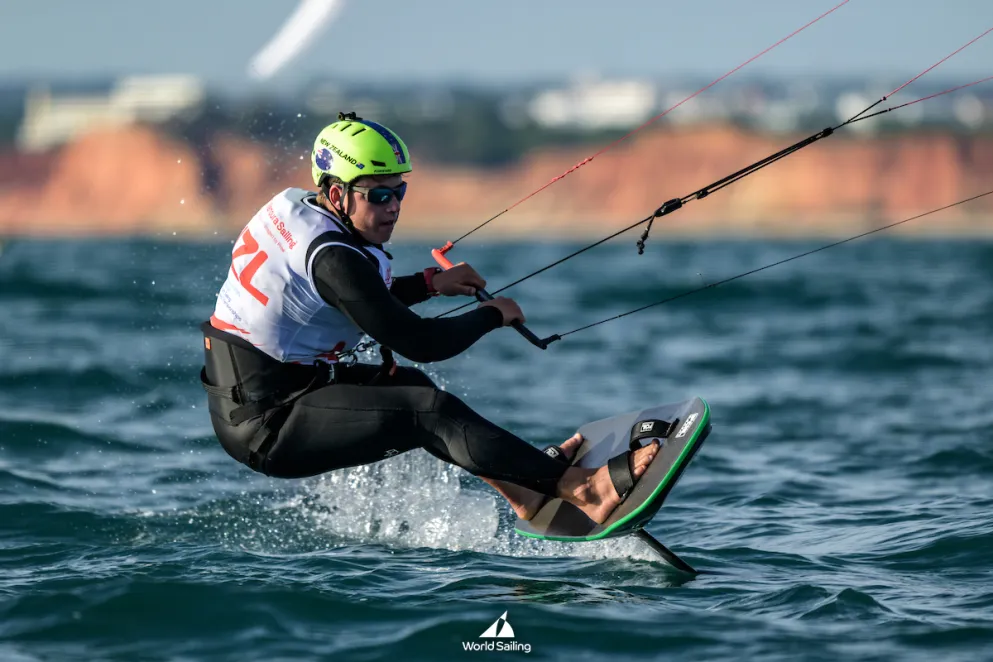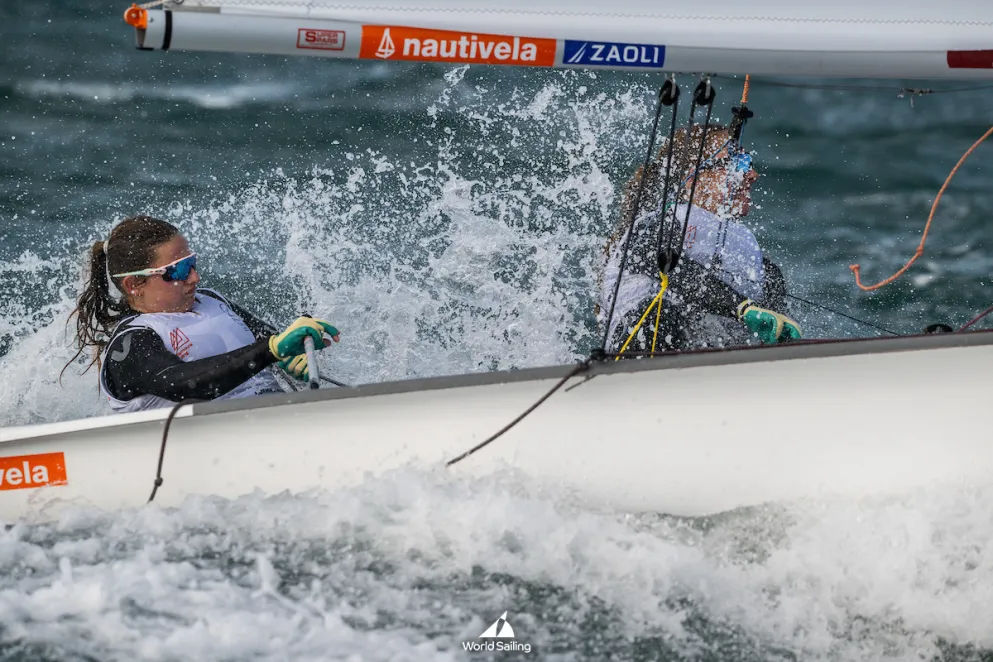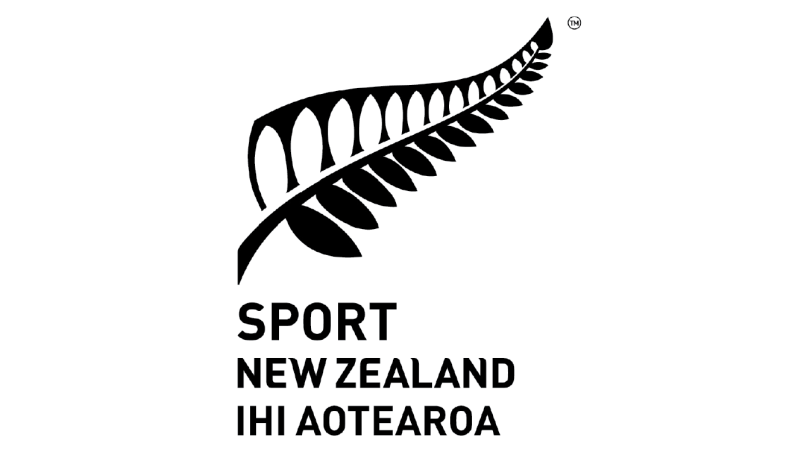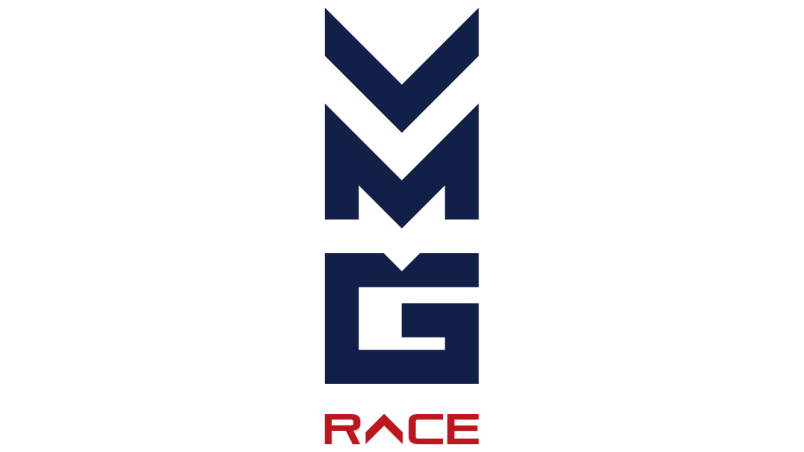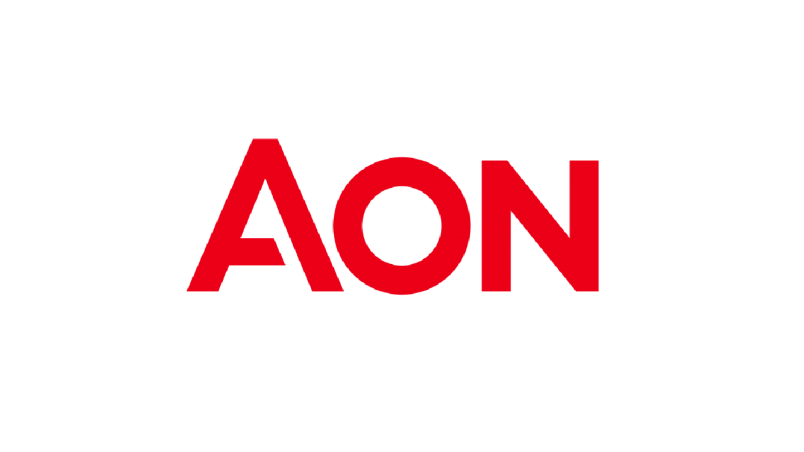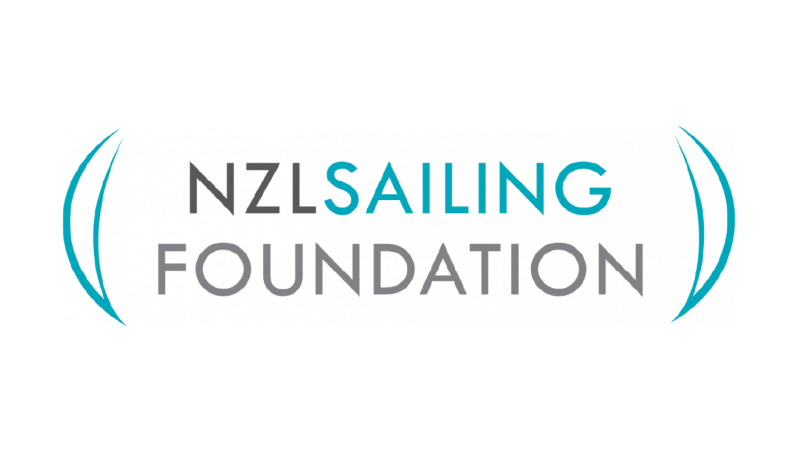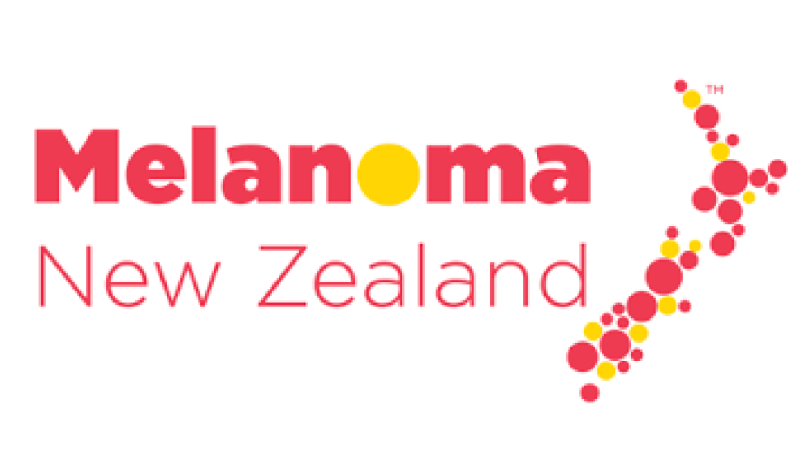50 years after Mururoa protests: Still no idyllic Pacific stopover
By Chris Turver MNZM
It’s 50 years since New Zealand’s gunboat diplomacy and private yacht protests in the Pacific won enough international attention to stop France from atmospheric nuclear testing at picturesque Mururoa atoll.
But if you are planning a New Zealand winter voyage through the balmy South Pacific you still can’t visit this stunningly beautiful French territory because of radioactive contamination.
In June 1973 New Zealand sent the frigates Otago and then the Canterbury to Mururoa atoll with a Cabinet Minister and journalists aboard as “silent witnesses with the power to bring alive the conscience of the world” to stop French testing.
Their high-profile voyages captured international attention and after 46 tests in the atmosphere above Mururoa atoll, using giant balloons to hoist the devices, France was forced underground a year later to continue testing under neighbouring Fangataufa atolluntil 1980.
A small New Zealand yacht flotilla, including the Spirit of Peace and Vegaand led by the former Baltic trader Fri which ended up being boarded and seized by the French Navy, also made their presence felt.
Mururoa and Fangataufa in the French-administered Taumotu archipelago are restricted military zones and contaminated no-go areas. Other islands are still contaminated by radioactive waste from nuclear testing by Britain, and the United States between 1946-1996.
Here’s a breakdown of current island accessibility:
Mururoa (Taumotu archipelago – French Polynesia)
Nuclear tests at Moruroa and Fangataufa ceased in 1996 due to international protest, but the atolls remain restricted military territory 27 years after the tests.
Scientists report about half of the radioactive strontium-90 and cesium-137 and all of the plutonium still remain in the archipelago's air, water and soil.
All food and water must be flown in for the handful of French Foreign Legionnaires and personnel who permanently guard the islands.
Enewetak Atoll (Marshall Islands)
Runit Island, one of 40 islands of the Enewetak Atoll of the Marshall Islands, is the site of a radioactive waste left by the United States after it conducted a series of nuclear tests on Enewetak Atoll between 1946 and 1958.
It is classified as the most radioactive island on Earth. Access is restricted with ongoing concerns about the deterioration of the waste site and a potential radioactive spill.
Christmas Island (Kiribati)
Kiritimati (Christmas Island) in the Gilbert and Ellice Islands in the Pacific Ocean (modern Kiribati) was part of the British testing of early atomic bombs and hydrogen bombs carried out in 1957 and 1958 here and at neighbouring Malden Island.
Nine nuclear explosions were initiated under Operation Grapple, culminating in the United Kingdom becoming the third recognised possessor of thermonuclear weapons.
Then, in 1962, the UK cooperated with the US on Operation Dominic, undertaking a further 31 detonations on Kiritimati.
With no anti-radiation protection, about 20,000 British servicemen, 524 New Zealand soldiers and 300 Fijian soldiers were deployed to “Christmas Island” from 1956 to 1962, many returning home with health issues.
Landing is now unrestricted, the current island population is 1,300, and tourism and sports fishing are growing industries.
In total, France exploded 180 nuclear devices between 1962 and 1990, 46 of them in the atmosphere.
For New Zealand, its anti-nuclear stance laid the foundations for growing opposition across the Pacific and an eventual nuclear-free South Pacific agreement being signed in 1986, with the last to sign being France.
Turver is a veteran journalist and environmental activist. He was the then New Zealand Press Association correspondent on board HMNZS Canterbury 1973. In 2016, Turver was named a Member of the New Zealand Order of Merit (MNZM) for services to journalism, local government and the community.


